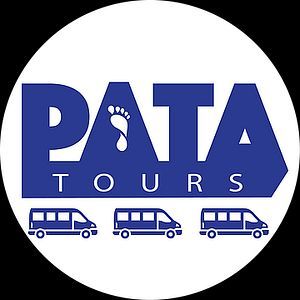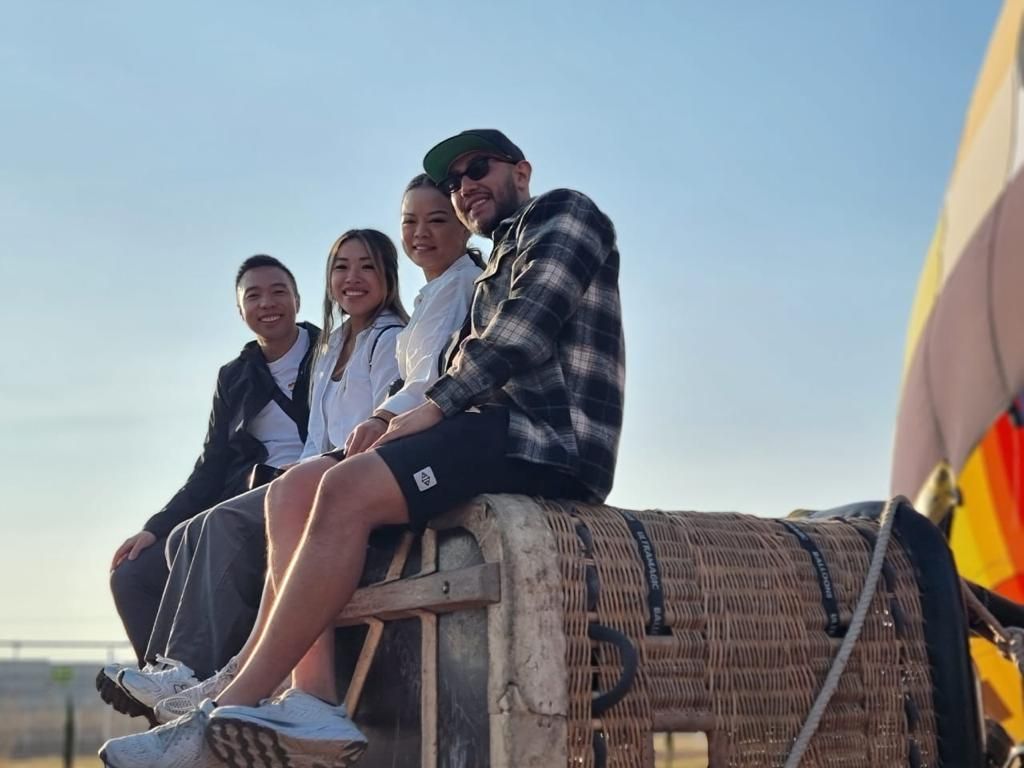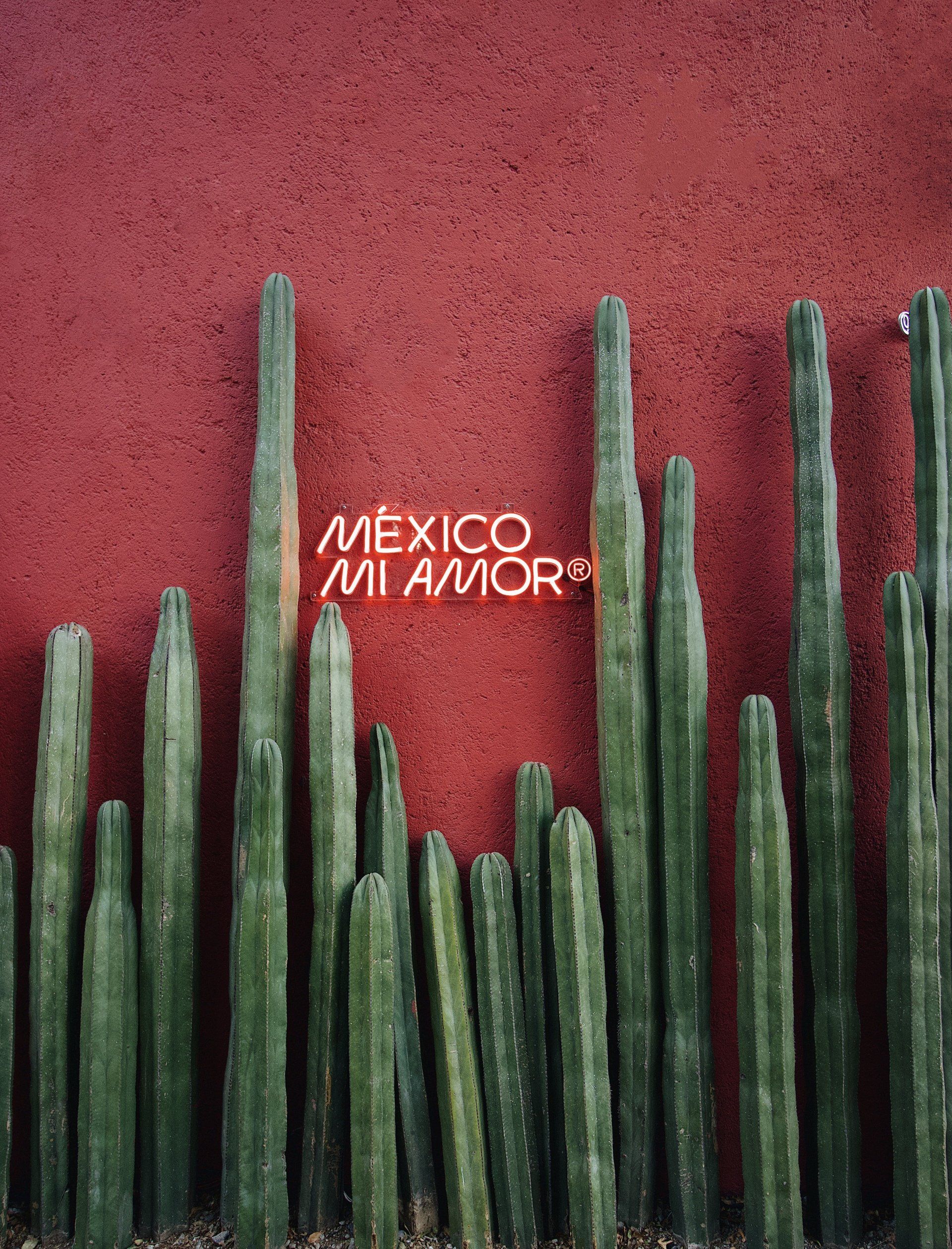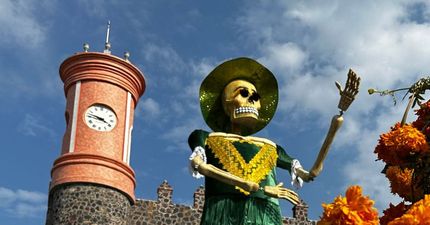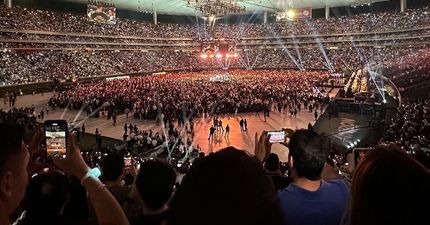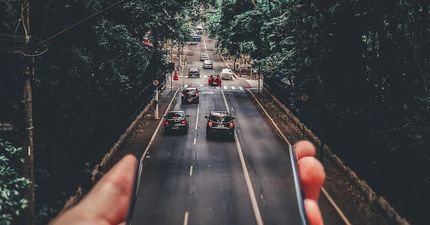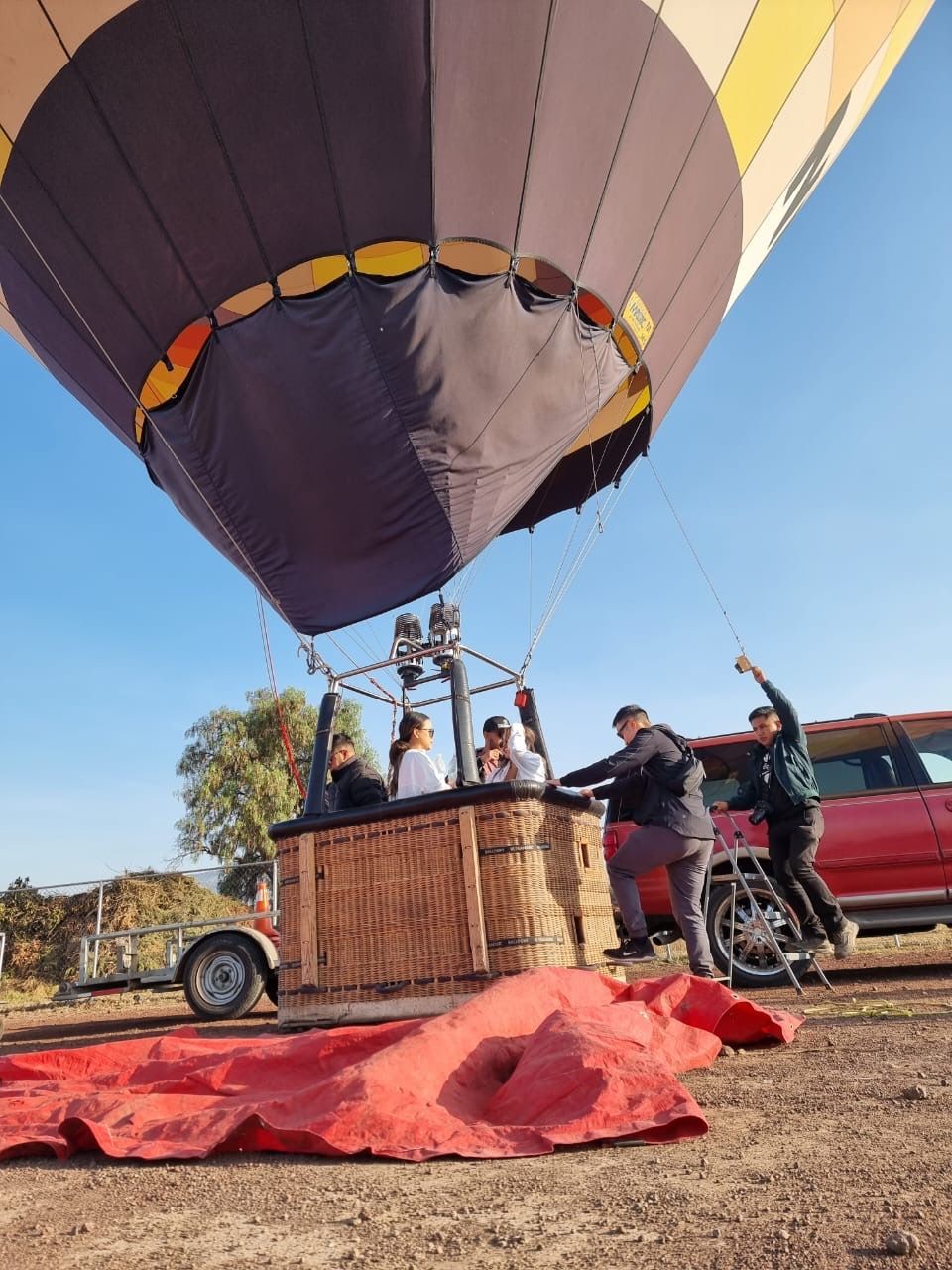WHAT WE DO?
We focus on making personalized experiences for all our ¨travelers¨.
We do tours to the most emblematic places in Mexico City.
All our tours are PRIVATE; since we seek to give you the best experience.
We have everything ready for you; however, we are always attentive to the needs you may have; and, we will do everything to satisfy each and every one of them, that is why, if you have any special requirements, do not hesitate to let us know.
WHY US?
This is one of the most difficult questions to answer; however, these are our reasons:
We are a local Mexican company.
As a local company, the personalized attention with our ¨travelers¨ is very personal and effective.
We are always looking to give an ¨extra¨, in each of our tours or services.
We have flexibility in all our tours and services so, no request is too big for us.
ABOUT US!
We are a local tour-operator established in Mexico City since 2017.
This beautiful project was born in 2017, due to the pandemic, we had to stop as the world does it it self, that was a big punch to our company; however, we stand again, to see how this dream come true!
That is why, we put all our effort in any tour or service we do, this opportunity to find your real passion is one in a life time, and we are so lucky to actually found it.
"Choose a job you love and you will never have to work a day in your life."
(Confucius)
OUR SERVICES
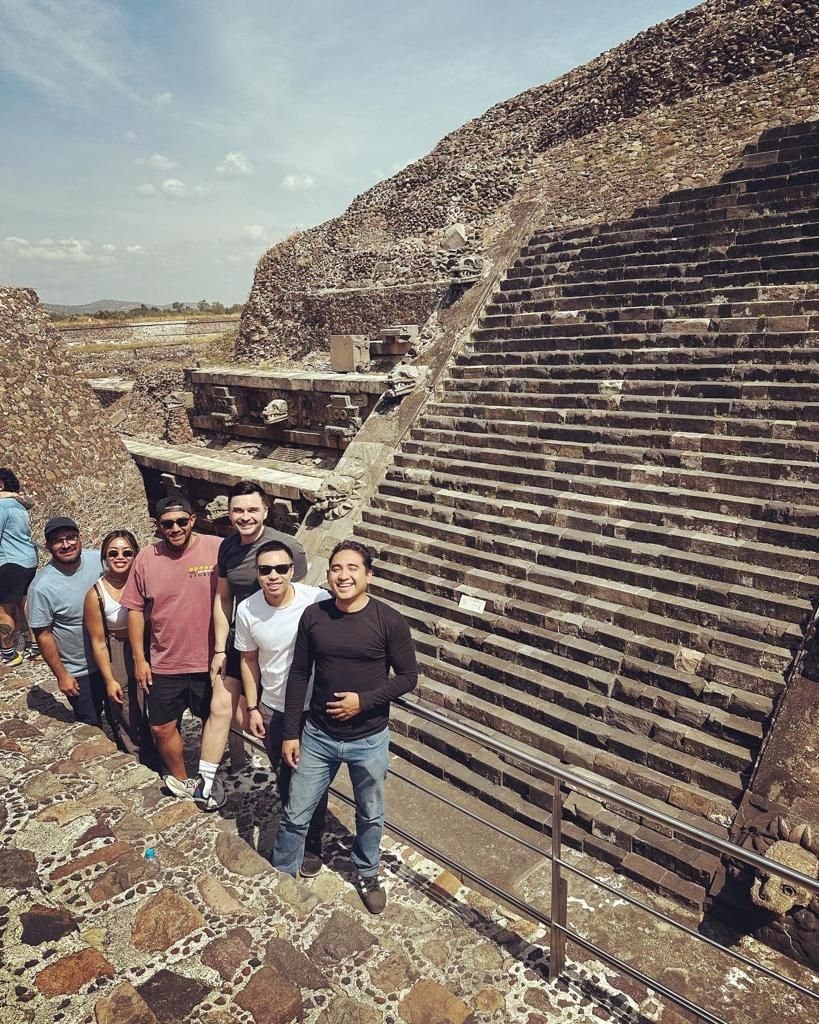
Teotihuacan City of Gods
Teotihuacan and its valley bear unique testimony to the pre-urban structures of ancient Mexico. Human occupation of the valley of Teotihuacan began before the Christian era, but it was only between the 1st and the 7th centuries A.D. that the settlement developed into one of the largest ancient cities in the Americas, with at least 25,000 inhabitants.
The city’s urban plan integrated natural elements of the Teotihuacan Valley, such as the San Juan River, whose course was altered to cross the Avenue of the Dead. This north-south oriented main reference axis of the city is lined with monumental buildings and complexes, from which the Pyramids of the Sun and the Moon, as well as the Great Compound with the Temple of Quetzalcoatl (also known as Temple of the Plumed Serpent) stand out. One characteristic of the city’s civil and religious architecture is the "talud-tablero", which became a distinctive feature of this culture. Furthermore, many buildings were decorated with wall paintings where elements of worldview and the environment of that time were materialized. The city is considered a model of urbanization and large-scale planning, which greatly influenced the conceptions of contemporary and subsequent cultures.
At the peak of its development, the city stretched out over 36 km2. Outside the ceremonial center, which, despite its imposing size, represents only 10% of the total surface, excavations have revealed palaces and residential quarters that are of great interest at, for example, La Ventilla, Tetitla, Zacuala, and Yayahuala to the west, and Xala and Tepantitla to the east. The city was razed by fire and subsequently abandoned during the 7th century.
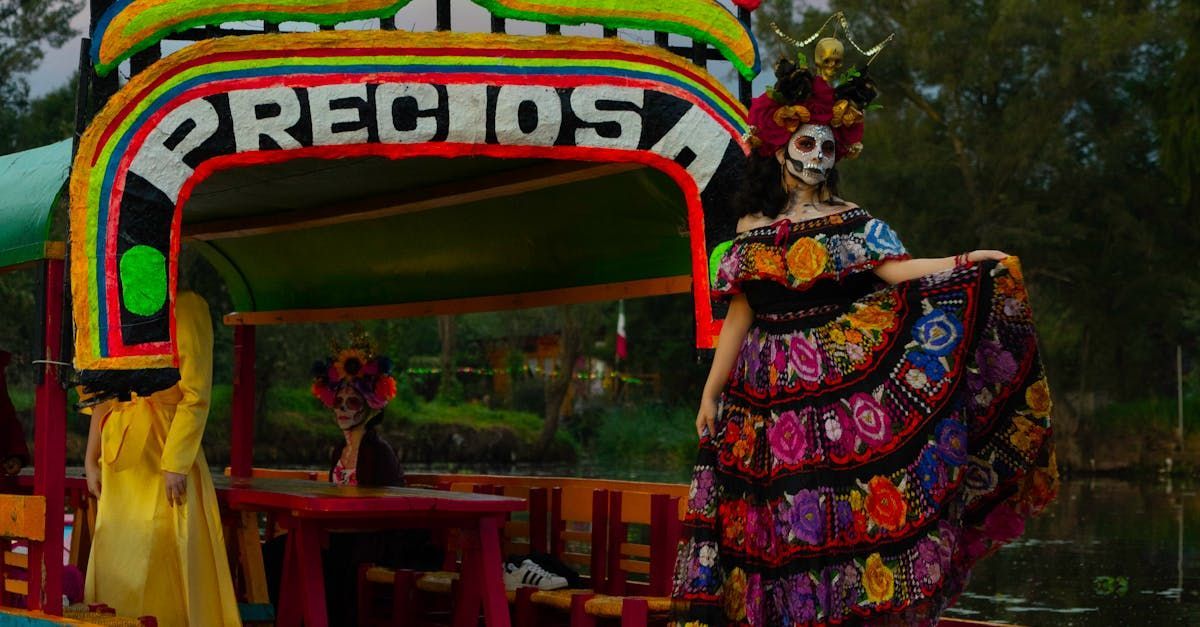
South of Mexico City
650-900 AD After the fall of Teotihuacan, the other regions of the Basin, such as Xochimilco, experienced a population growth process and rearrangement in political and commercial relations. On the shores of Lake Xochimilco – according to archaeological data recovered in San Gregorio, Xochimilco, and Tepepan – the construction and intensive use of chinampas begins.
900-1200 AD (Early Postclassic). According to historical sources, the Xochimilcas were part of the Nahua tribes that migrated to Central Mexico from the north. They were guided by a man named Huetzalin, according to some sources, or by Quilaztli, according to others. Upon reaching the Basin of Mexico, the Xochimilcas settled successively in Tlacotenco, Santa Ana, and Milpa Alta, to finally occupy Cerro Cuailama (Santa Cruz Acalpixca). From this time and during the rest of the Postclassic, the greatest expansion occurred in the chinampas system in Lake Xochimilco.
1200-1521 AD (Late Postclassic). Xochimilco became a large and important settlement, largely thanks to the high productivity that cultivation allowed in its extensive chinampero system. Xochimilco is the governing center of the south of the Basin of Mexico, a region that registers a notable population increase. The area covered by chinampas reaches an extension of 12,000 hectares. Xochimilco controls a wide region that extends to the current state of Morelos and to Tochimilco, in Puebla.
1352 ca. The Xochimilcas moved to the islet of Tlilan, in what is now the center of Xochimilco.
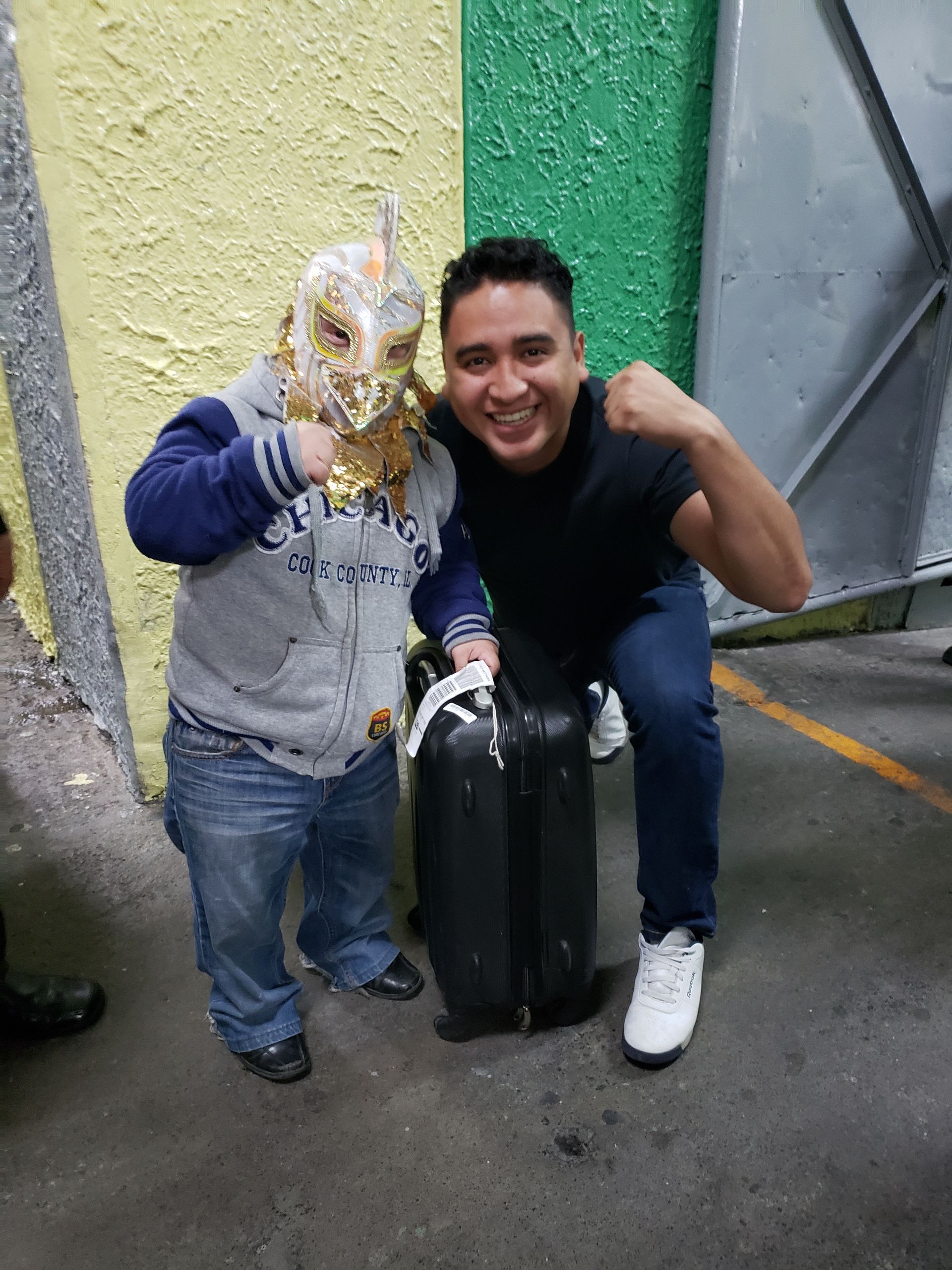
Mask vs hair: the history of Mexican Lucha Libre
The first Lucha Libre fight in Mexico took place on September 21, 1933, in Mexico City’s Arena Mexico, which was a result, in part, of the discrimination and boycott Mexican wrestlers faced in the United States. The superiority of Mexican wrestlers compared to the Americans, the unfair treatment they received, and the decision to give our country a show of its own, are part of the founding myth of Lucha Libre.
With the popularization of Lucha Libre in our country, more wrestlers were needed, and some of them were scouted from police academies, as well as among sports and medicine students, who were trained by Gonzalo Avendaño at Arena Mexico’s gym.
The popularization of the sports show in Mexico is reflected in the construction of its main venues: The Colosseum Arena opened in 1943 with a capacity of 6,500 people. Thirteen years later, in 1956, a new Arena Mexico was inaugurated, with a capacity of 17,500 people, and is still considered in our days as “Lucha Libre’s Cathedral.”


